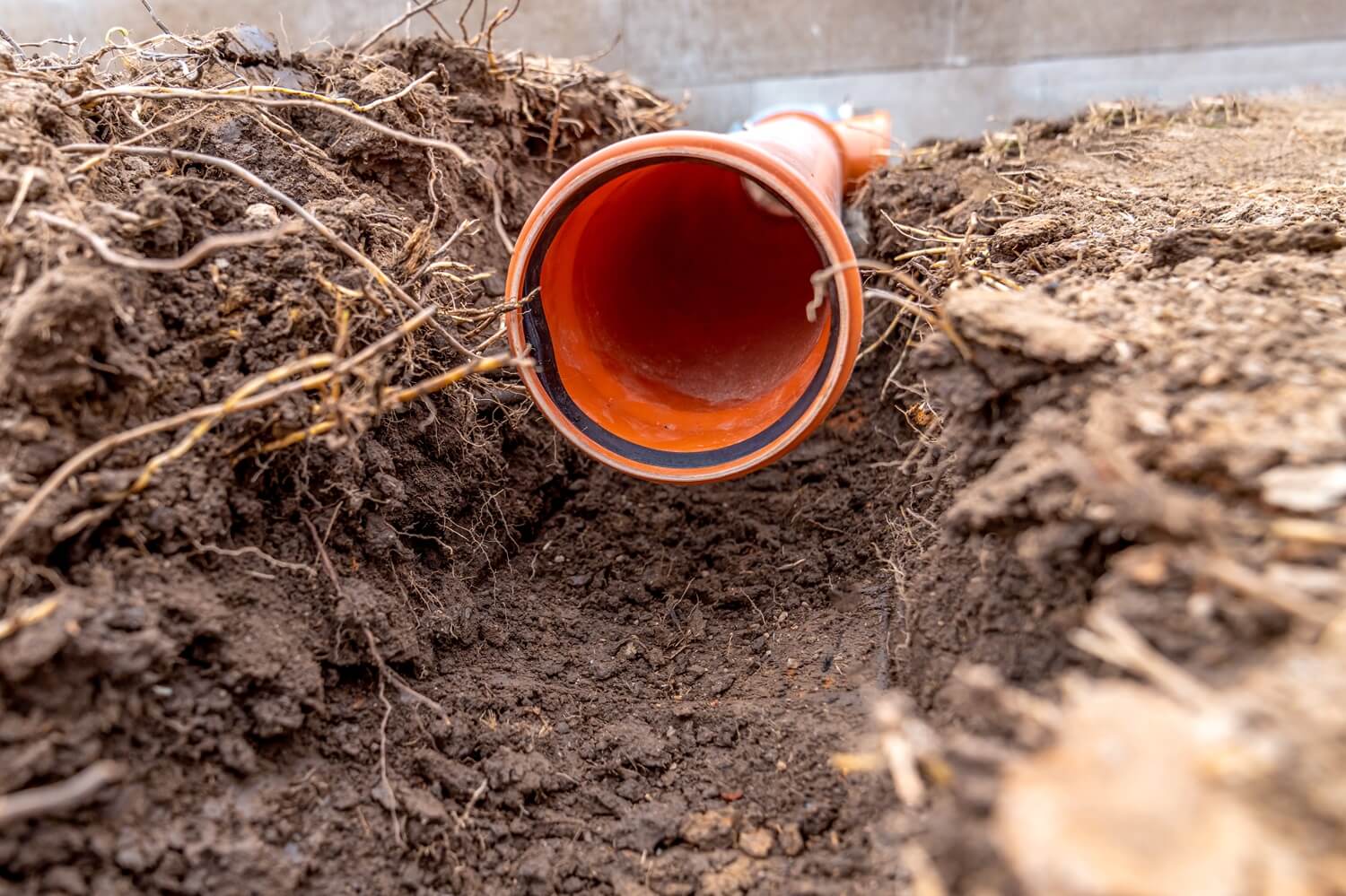Understanding modern solutions like sewer pipe lining is essential to keeping your home’s structural integrity plumbing system. Sewer pipe lining is a state-of-the-art technique for repairing damaged or deteriorating pipes without extensive excavation. This innovative method has revolutionized the plumbing industry, offering a less invasive, cost-effective, and environmentally friendly alternative to traditional pipe replacement. In this blog, we’ll discuss the specifics of sewer pipe lining and various plumbing pipe lining techniques for sewer pipe liner installation.
Definition of Sewer Pipe Lining
Sewer pipe lining, or trenchless pipe rehabilitation, is used to repair and reinforce existing sewer pipes. Instead of excavating and replacing broken pipes, the current pipe is lined with a new material. This new lining, made of durable materials such as epoxy resin, cures in place and creates a new, seamless pipe within the old one. This process extends the sewer system’s life and improves its functionality and flow capacity.
How Sewer Pipe Lining Works
The sewer pipe lining process can be broken down into several key steps, ensuring a thorough and lasting repair:
Inspection and Assessment
The initial phase in sewer pipe lining is thoroughly inspecting the sewer pipes using advanced camera technology. A small, high-resolution camera is placed inside the pipe to locate and measure the damage. This inspection allows plumbers to determine if pipe lining is a suitable solution and to plan the repair process accurately.
Cleaning the Pipes
Once the assessment is complete, the sewer pipes are cleaned. High-pressure water jetting or mechanical cleaning tools remove debris, roots, or buildup inside the pipes. A clean surface is essential for the new lining to adhere correctly and ensure a smooth Sewer Pipe Liner Installation.
Measuring and Preparing the Liner
After cleaning, the pipes are measured to ensure a precise fit for the new liner. The liner is typically made of flexible material soaked in a special resin that will harden once cured. It is then cut to the appropriate length and prepared for insertion.
Inserting the Liner
The damaged pipe is filled with the prepared liner using an inversion or pull-in-place technique. In the inversion method, the liner is turned inside out as it is pushed through the pipe using water or air pressure. A winch is used to pull the liner through the pipe. The pull-in-place method is used. Both techniques ensure that the insurer directly interacts with the pipe’s inside walls as it currently exists.
Curing the Liner
After the liner is positioned, it must be curbed or hardened. Depending on the type of resin used, this can be done using ambient air, hot water, or ultraviolet (UV) light. Curing times can vary, but the process generally takes a few hours. As the resin cures, it forms a solid, seamless pipe within the old one.
Final Inspection
After the liner is positioned, a sewer camera ensures the repair is successful. The new pipe should be free of defects and have a smooth surface for efficient wastewater flow.
Types of Sewer Pipe Lining Techniques

Several sewer pipe lining techniques are available, each suited to different types of damage and pipe conditions. Some of the most common sewer liners include:
Cured-in-Place Pipe (CIPP)
CIPP is the most widely used pipe-lining technique. It involves inserting a resin-saturated liner into the broken pipe, which is subsequently cured to create a sturdy new pipe inside the old one.
Pull-in-Place (PIP)
PIP is similar to CIPP but is used when inversion is not feasible. The liner is pulled into place using a winch and then cured. This method is ideal for pipes with multiple bends or obstructions.
Pipe Bursting
Pipe bursting is a trenchless technique for replacing severely damaged pipes. When the old pipe is fitted with a bursting head, it breaks apart while pulling a new pipe into place.
Slip Lining
Slip lining involves inserting a smaller-diameter pipe into the existing pipe and grouting the space between them.
Spray Lining and Brush Coating
This technique involves spraying or brushing a resin-based coating onto the interior walls of the existing pipe. The coating then cures to form a new, seamless pipe.
Sewer Pipe Liner Installation
Sewer pipe liner installation involves inspecting the damaged pipe, thoroughly cleaning it, and preparing a resin-saturated liner. Next, the liner is put into the pipe utilizing inversion or pull-in-place methods and cured to form a new, durable pipe. Finally, a camera inspection ensures the installation’s success and integrity.
Hassle-Free Pipe Repairs with Benjamin Franklin Plumbing's Expert Lining Services
Sewer pipe lining is a revolutionary technique that offers a reliable and efficient solution for repairing damaged sewer pipes. By understanding the various pipe lining techniques and the procedure for installing sewer pipe liners, homeowners can make knowledgeable selections regarding the upkeep and repair of their plumbing systems.
Benjamin Franklin Plumbing delivers exceptional sewer pipe lining services, employing advanced techniques like CIPP and PIP, ensuring durable, efficient, and minimally invasive repairs to restore your plumbing system quickly and effectively.
Call us today at 602-282-5007 to schedule your personalized, hassle-free sewer line repair! Let Benjamin Franklin Plumbing provide you with cost-effective solutions and exceptional service to restore your plumbing system efficiently and effectively.






